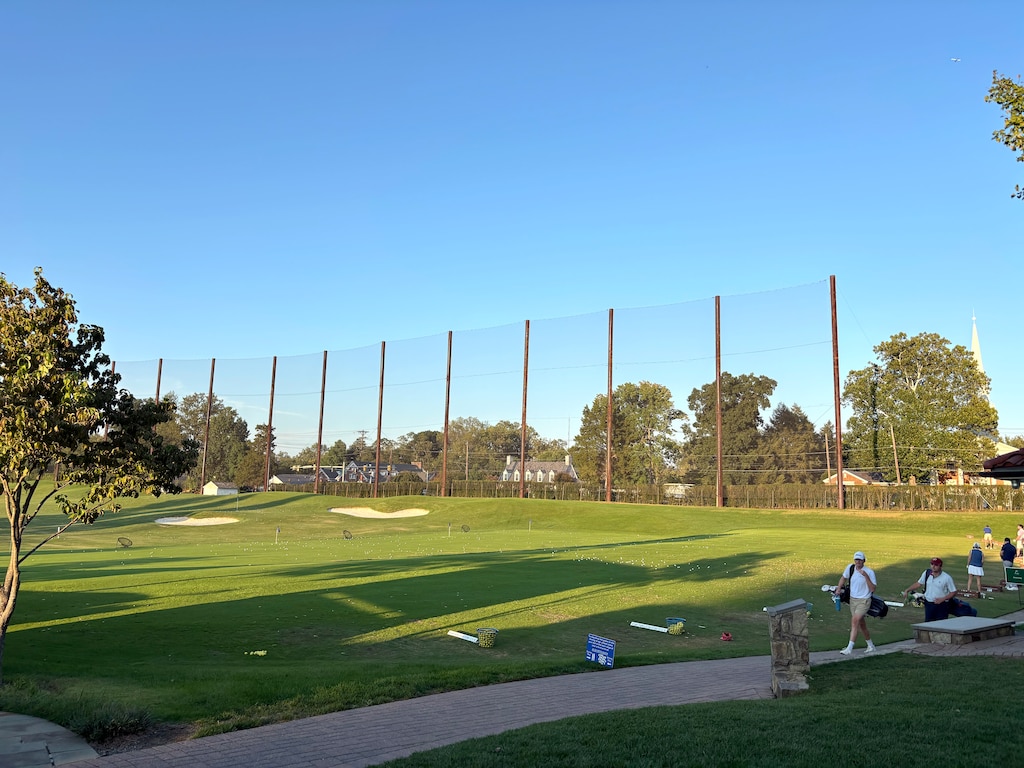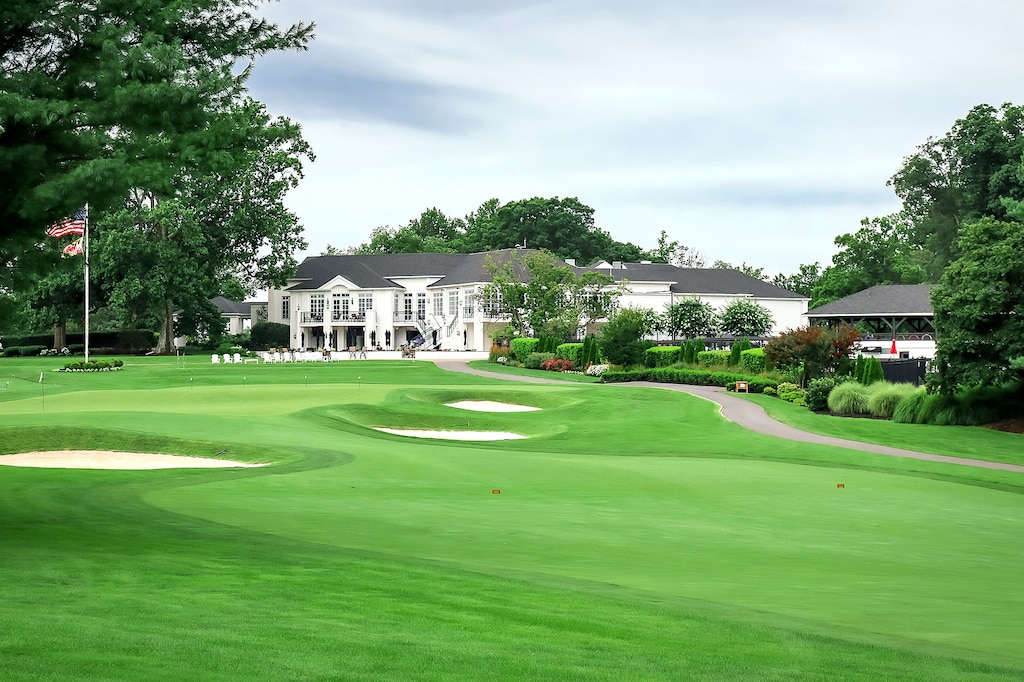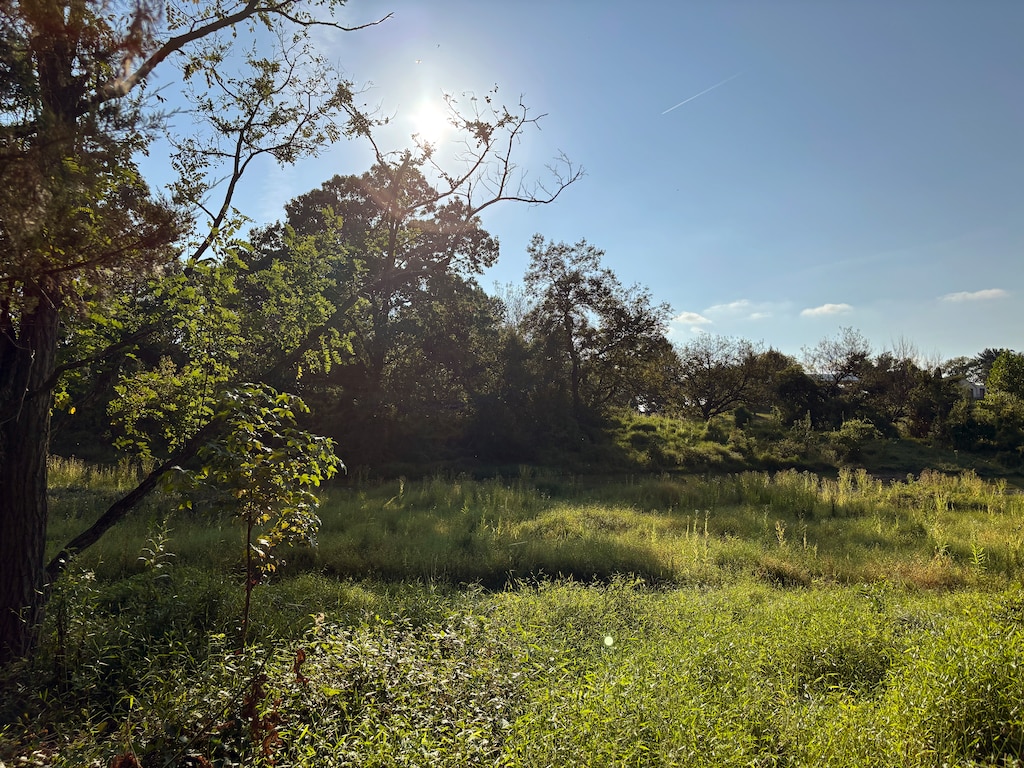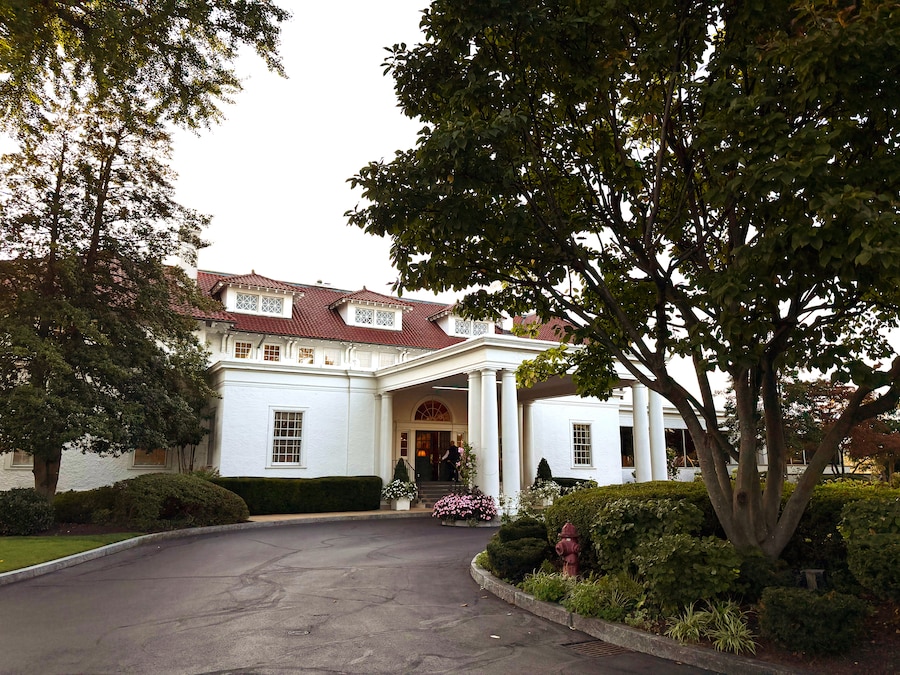Montgomery County, home to the famed Congressional Country Club and more golf courses than any other Maryland jurisdiction, has for decades been at the center of a political battle over whether privately owned clubs should continue receiving major tax breaks.
At issue are questions of equity and land use in what is perhaps the most progressive part of Maryland.
Following an agreement between lawmakers and country club owners in 2020, the issue mostly faded from prominence in the state legislature, where senators and delegates representing Montgomery County have for decades led the debate over whether golf clubs should get special tax agreements.
The issue resurfaced during the 2025 session, and it’s expected to return next year. But the tax agreements appear likely to remain in place for the foreseeable future.
In 2020, a “gentlemen’s agreement” was reached to resolve an ongoing dispute, and the lawmaker who has since taken up the issue has been unable to garner much support.
‘This compromise puts the issue to bed forever’
Going back to at least the mid-1960s, Maryland granted tax breaks to relieve financial pressure on owners considering selling their land to developers amid rapid urbanization.
In the mid-1990s, the State Department of Assessments and Taxation was reportedly reconsidering how it assessed the property values of country clubs and golf courses, renewing concerns that owners would sell.
But then-state Sen. Patrick “P.J.” Hogan, a Montgomery County representative, felt that courses — like agricultural land — should receive tax breaks to incentivize land preservation.
“Do you want every square inch of Montgomery County to have something on it?” Hogan said in a recent interview. “I don’t think people want that and what comes with that.”
He led a bill through the legislature that capped land assessments for golf courses at $1,000 per acre. The reduced assessments only applied to the actual golf courses, while clubhouses and other structures, such as pools and tennis courts, were — and still are — assessed at their market value.

Columbia Country Club is located in Chevy Chase, close to D.C., and was founded in 1911. (Nori Leybengrub/The Banner)
Hogan continued defending the tax agreements after leaving the legislature and becoming a lobbyist. He and others opposing a repeal of the policy contended that doing so would open thousands of acres of green space to dense development, which is exactly what Del. David Moon, of Montgomery County, wouldhave liked to see when he entered the debate in 2015.
Moon said the clubs sit on valuable land in attractive areas and contends that while taxing the clubs at higher rates would be more equitable, developing the land would be a boon for the local economy.
“You could put tons of new houses there in very desirable neighborhoods,” he said.
The two sides met somewhere in the middle. After several failed bills and lengthy negotiations, the legislature voted in 2020 to retain the limit on per-acre assessments of golf course land, while increasing the value limit from $1,000 to $5,000.
“I don’t have it in writing, but we had a gentleman’s agreement that, ‘Okay, this compromise puts the issue to bed forever,” Hogan said.
Just one year later, Del. Gabriel Acevero — who wasn’t part of the negotiations — picked up the baton and called for a full repeal of the existing tax breaks.
Acevero has pushed repeatedly, but unsuccessfully, to repeal the tax breaks. Undeterred, he plans to raise the issue again during the 2026 session, which begins in January.
He said he wants to keep reminding Marylanders “about the fact that they are subsidizing private country clubs when they themselves are required to pay their fair share.”
It’s unlikely Acevero will gain support to address the tax breaks from his colleagues in the Montgomery County delegation, whose top members reached their agreement with the country clubs only five years ago.
Members who led the negotiations, like Moon, aren’t open to revisiting an issue they settled so recently.
Where the tax agreement stands today
There are more than 200 golf courses in Maryland, including county-owned, municipal courses and semi-private courses, and privately owned courses only open to members.
There are 26 country clubs and other courses in Montgomery County, which is the most of any Maryland jurisdiction, according to the Maryland State Golf Association. Fourteen of the courses, totaling about 3,000 acres of land, receive a tax break.
State law limits the property tax assessments that qualifying courses receive to amounts that, in many cases, are tens of thousands of dollars per acre below what they would otherwise pay.
Property values vary across Maryland, but a recent statewide average market value per acre was about $31,000, according to state analysts. Most of the county’s country clubs cover more than 150 acres.
Private country clubs can qualify for the tax break if they have at least 100 members and abide by the state’s anti-discrimination law.
Only one course in Montgomery County, the all-male Burning Tree Club, cannot receive the tax break. After a judge ruled in 1984 that Burning Tree couldn’t receive a tax exemption due to its gender discrimination, the club reportedly sold off acres of its property to account for its higher assessment. (Stewart Bainum Jr., The Banner’s founder and the chairman of the Venetoulis Institute for Local Journalism, was a plaintiff in the lawsuit against Burning Tree Club. At the time, as a state senator, Bainum had sought to force Burning Tree Club to admit women or lose its tax breaks before filing the lawsuit with his sister. Bainum was not involved in or aware of the reporting of this story.)
A lifeline
David Lacki was the first in his family to be a member of a country club. He’s now the president of one.
His club, Manor Country Club in Aspen Hill, has been a central pillar in his family’s life.
Memberships require about $20,000 in joining fees, and then more than $900 per month, but the revenue is barely enough to balance the course’s $11 million budget.
“Most years you are literally just trying to break even and trying not to lose money,” said Lacki, who’s also the club’s board chair.
The club lost money the last two years. Repealing the agreement and assessing the course at its market value would add upwards of $400,000 to their annual taxes, Lacki said.

Manor Country Club in Rockville. (Manor Country Club)
He’s not sure the club could withstand such an increase. Bumping up membership fees could offset the loss, but Lacki worries that doing so would drive members away.
“We would be priced out of the market, ” he said.
The state has also incentivized the clubs not to develop their land; club owners have to pay back taxes on any acres they sell for development.
Still, Maryland has seen country clubs and golf courses sold to developers and converted into neighborhoods.
In 2014, Montgomery Village Golf Club was sold and later became a mix of apartments, townhouses, duplexes and single-family homes. Then, in 2018, the former RedGate public golf course in Rockville was closed and converted into RedGate Park.
Last month, after millions in debt pushed Baltimore County’s Suburban Country Club to the brink of closure, its owners sold 6 acres of land for development.
Donna Kirk, whose home has faced the brick walls enclosing Columbia Country Club in Bethesda for 27 years, said the club should be paying much more in taxes.
“It seems like they make enough,” Kirk said.

RedGate Golf Course closed in 2019 and is currently a public park in Rockville. (Nori Leybengrub/The Banner)
Joining the club requires a $100,000 initiation fee, followed by annual dues of $12,000. People can only join if a member invites them, and there’s currently a lengthy waitlist, said Stuart Sessions, who lives in the area and has been a member for more than 40 years.
Sessions said the course provides open space that benefits the entire community.
He’s not much of a golfer, but the club is where he works out with his wife, plays tennis, and goes for dinner and evening walks. Apart from work and school, he says, it’s where he’s met his friends.
Neighbors walk their dogs on crisp mornings. And when it snows, children sled on the 126-acre campus.
It may be a pain for homeowners when people flock to the area on the Fourth of July, taking every parking space in sight.
“But,” Sessions said, “The fireworks are still visible to everyone.”







